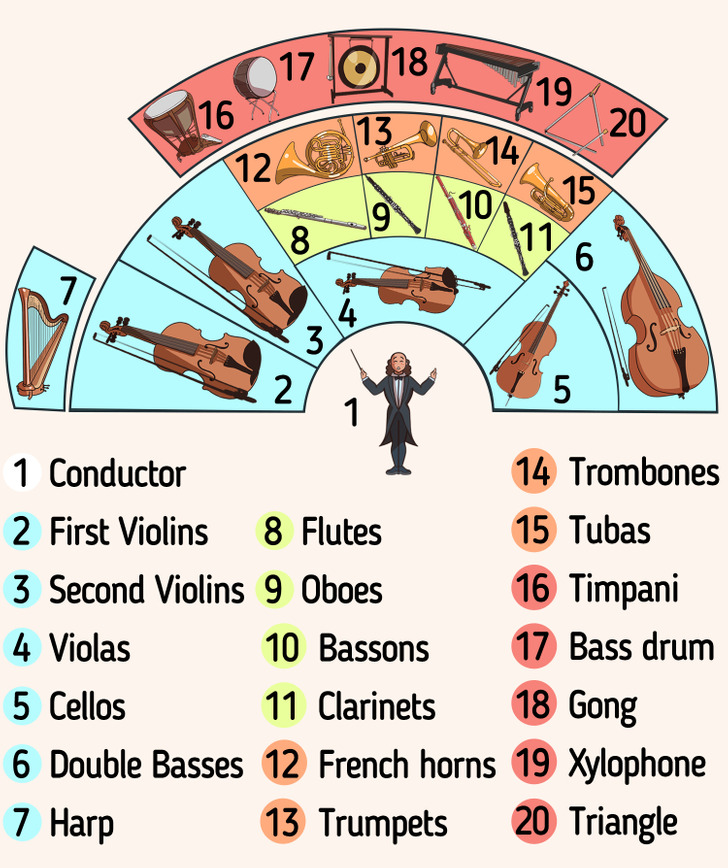What an Orchestra Is
An orchestra represents a group of many musicians who play different instruments. These ensembles are special because they can reproduce all kinds of music — from classical to jazz, opera, and even rock. Orchestras come in all shapes and sizes and their history goes all the way back to the Renaissance.
To understand better how an orchestra works and its purpose, 5-Minute Crafts prepared this article so you can learn more about this unique musical team.
The history
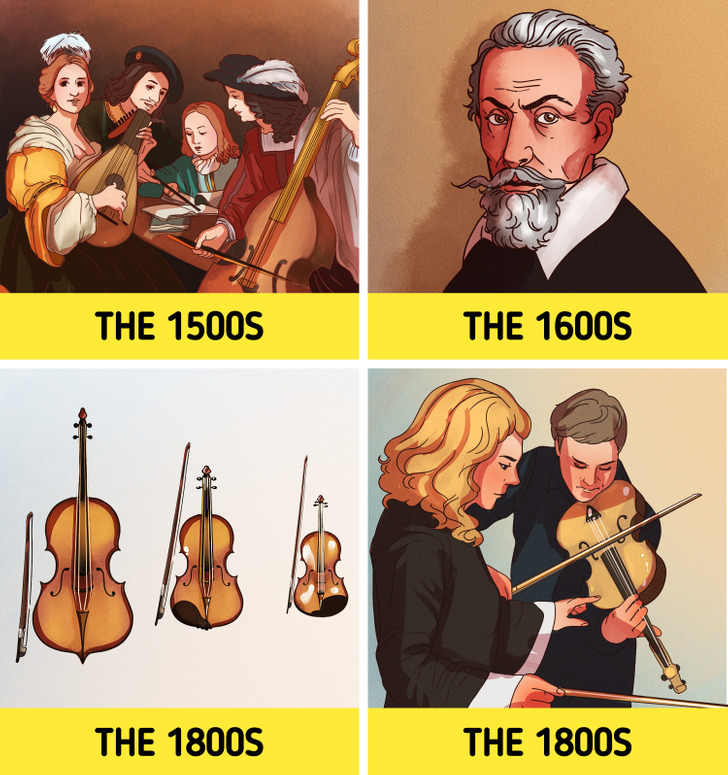
For almost a millennia, people have been playing musical instruments in different combinations. However, the orchestra that we can see today was created about 400 years ago.
- In the 1500s, during the Renaissance period, people would gather and play instruments in a group, often referred to as a consort. Consorts included instrumentalists and singers, while composers would write parts that could be played.
- Around the 1600s, composer Claudio Monteverdi decided to take a different approach while he was preparing his opera, Orfeo (1607). He was very specific about what instruments and sounds he wanted to include in the performance and his orchestra was organized in a similar way to a modern-day orchestra.
- In the 1800s, string instruments began to take over the spotlight, but some others were also advancing, like brass, woodwind, and percussion. This allowed composers to write more complex parts but they also had to have very detailed knowledge about every instrument.
During this period, the first violinist (also known as the concertmaster) would lead the orchestra. As the groups were getting bigger and bigger, the musicians had a hard time following the concertmaster. That’s when the first conductors would step in and lead the orchestra with the baton.
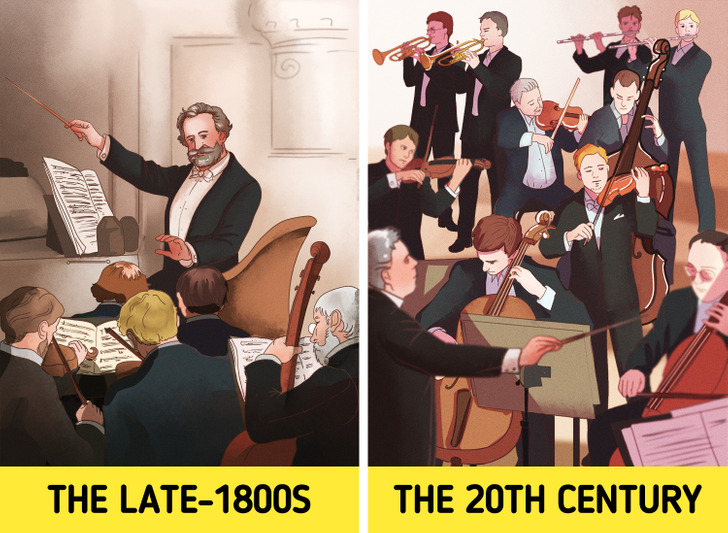
- In the late-1800s, the orchestra started to look like the kind we see today, and many composers, like Verdi, Wagner, or Strauss, became conductors.
- The twentieth century was a time when people started experimenting more with orchestras, which led to more freedom in terms of performance. But some basic, nineteenth-century form is still there — a large string section, a smaller section for brass instruments, woodwinds, percussion, etc.
Orchestra types
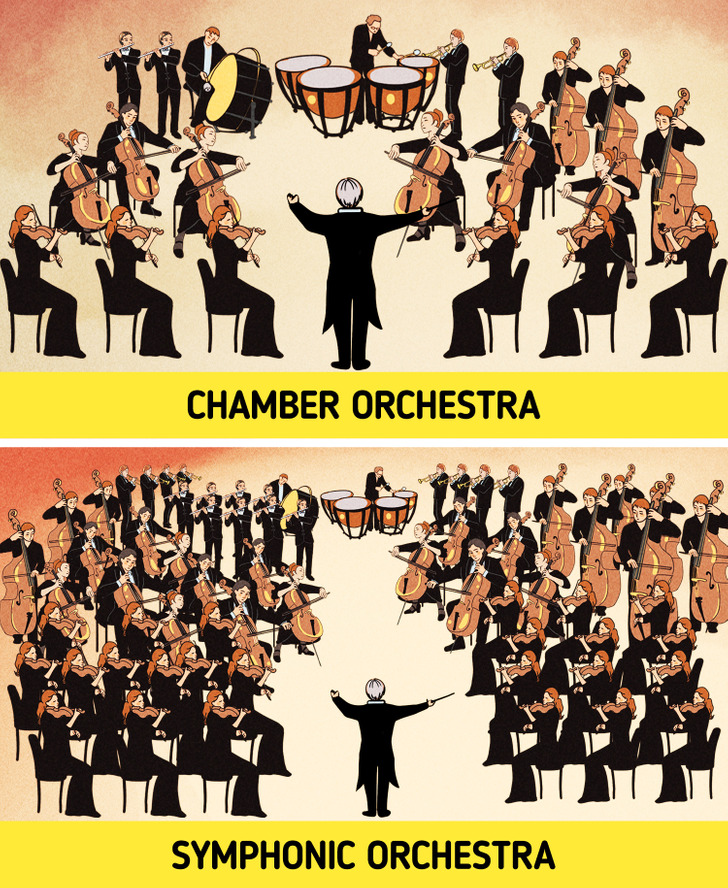
Depending on the number of instruments in the ensemble, there are:
Instruments
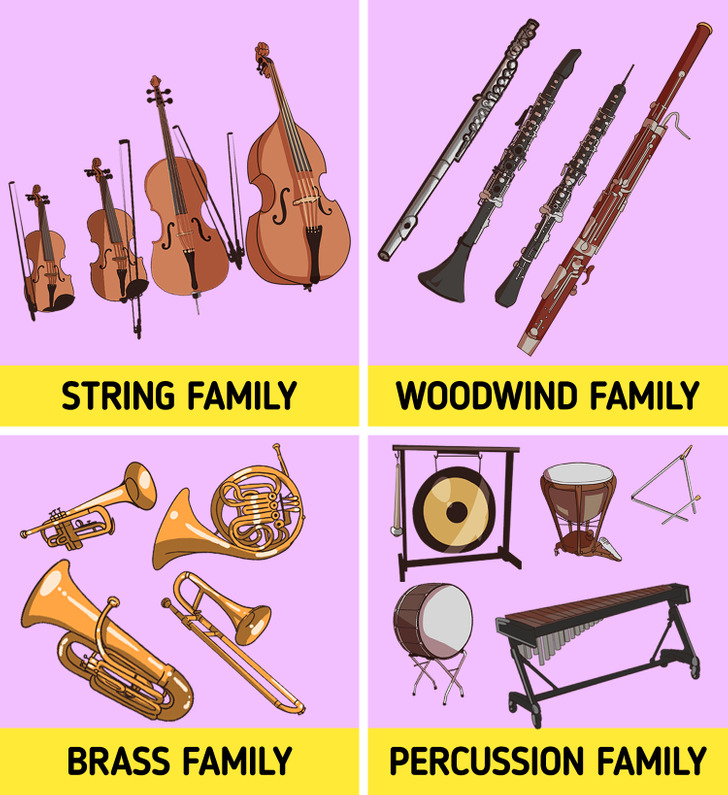
The orchestra is organized into 4 major sections (also called families):
- String family: This is the largest one and includes violins, violas, cellos, basses, and harps.
- Woodwind family: These instruments all used to be made of wood, but today they can be made from plastic and metal too. Woodwind instruments are flutes, oboes, clarinets, and bassoons.
- Brass family: They were important throughout history as they were used in communicating messages over long distances. Trumpets, french horns, trombones, and tubas are members of this family.
- Percussion family: They can provide melodies, but most importantly, rhythm. This includes any instrument that can be struck, scraped, or shaken, and it is divided into 2 major groups — simple pitch (snare drum, tambourine, triangle, cymbals, etc.) and multiple pitches (timpani, xylophone, marimba, etc.).
Note: Sometimes the instruments, like piano or celesta, can be classified into a fifth group but they can also stand alone.
The orchestra placement
